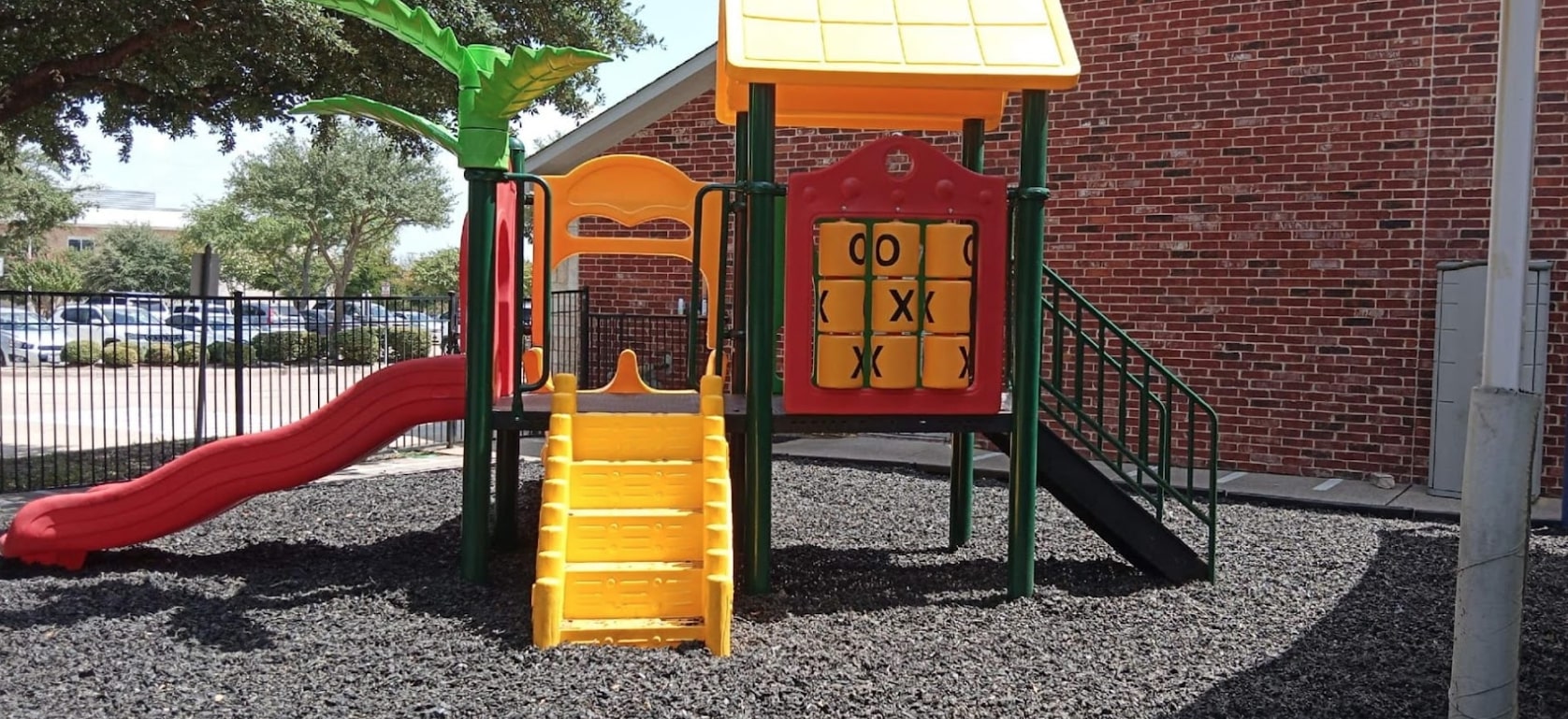
Playgrounds are vibrant hubs of activity where children's laughter and exploration thrive. These outdoor sanctuaries are where memories are made, friendships are forged, and countless skills are honed through play. Within this realm of joyful abandon, safety must remain an unwavering priority, ensuring that each child's adventure is not only exhilarating but also free from harm. While the vigilant eyes of caregivers and meticulously designed play equipment contribute significantly to safety, an often-overlooked factor quietly underpins the well-being of these young adventurers: the compaction of playground surfacing material.
Imagine a playground as a canvas where children paint their dreams with boundless energy and enthusiasm. The surface beneath their feet plays a crucial role, absorbing the shocks of every jump, tumble, and fall. However, this canvas is not static; it is subject to a subtle transformation that can imperil the safety of these carefree moments. This transformation is known as early compaction.
Early compaction, a phenomenon in which the surface material of a playground compresses and densifies shortly after installation, poses a concealed yet formidable threat. When playground surfacing materials compact prematurely, they lose their essential shock-absorbing properties. The once-soft and forgiving surface becomes unyielding, potentially increasing the risk of injuries during falls. In essence, the very material meant to safeguard children may become a hazard itself.
This article delves into this critical aspect of playground safety – the prevention of early compaction in surfacing material. By understanding the implications of early compaction and adopting proactive measures, we aim to ensure that your playground remains a haven of fun and safety for all children who visit. Together, we will explore the reasons why early compaction can pose safety risks, the importance of maintaining the integrity of playground surfacing, and, most importantly, the concrete steps you can take to sustain the joy and ensure the safety of every child's playtime experience.
Early compaction occurs when the playground's surface material compresses shortly after installation, reducing its shock-absorbing capacity and increasing injury risks during falls.
Weekly Raking and Turning: Regular maintenance is crucial. Weekly raking keeps the surfacing material loose and evenly distributed, preventing uneven compaction. Turning shifts the top layer to the bottom, maintaining consistent depth and softness.
Reversed Compaction: Avoid aggressive raking or tilling on established playgrounds, as it can push compacted material back to the bottom, negatively impacting safety.
Surface Integrity: Established surfaces have specific integrity. Disrupting it can lead to an uneven and unsafe surface. Prioritize maintenance over aggressive raking.
Regular Inspection: Identify compacted or worn areas and focus on maintenance. Early detection is key.
Supplemental Material: Add fresh surfacing material to thin areas to maintain safety standards.
Repair Damaged Areas: Promptly address damaged sections by repairing or replacing surfacing material to avoid safety risks.
Preventing early compaction in playground surfacing is crucial for safety. For new playgrounds, implement weekly raking and turning. Exercise caution with established playgrounds to avoid reversing compaction. Conduct regular inspections, add supplemental material, and repair damaged areas to maintain safety and compliance.
By following these best practices, you can ensure that your playground remains safe and enjoyable, promoting the well-being of young adventurers.